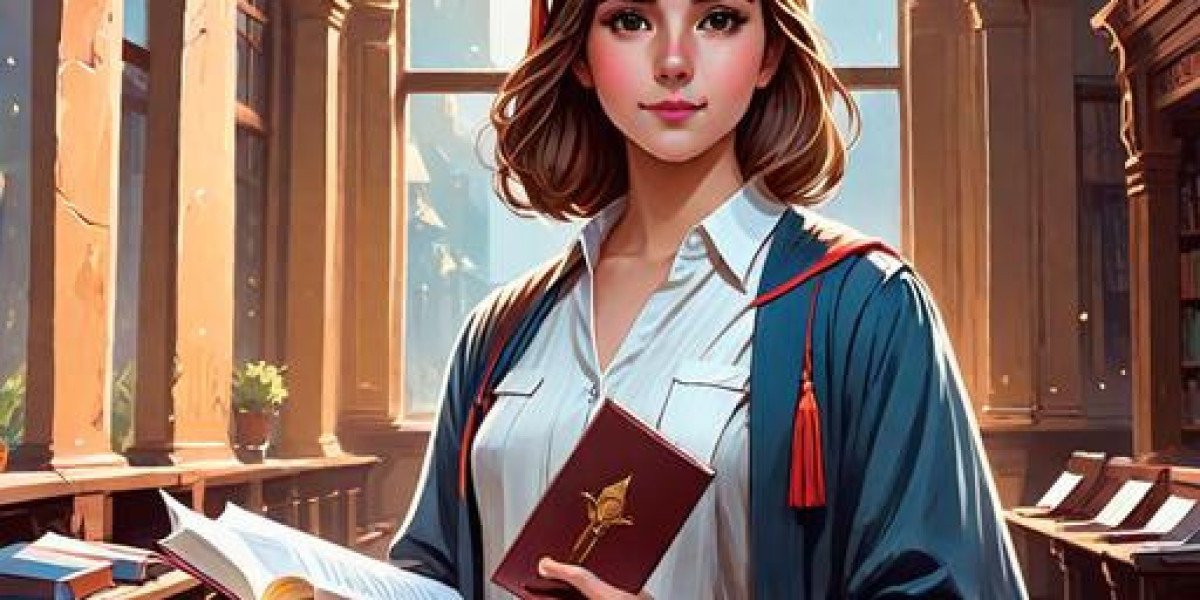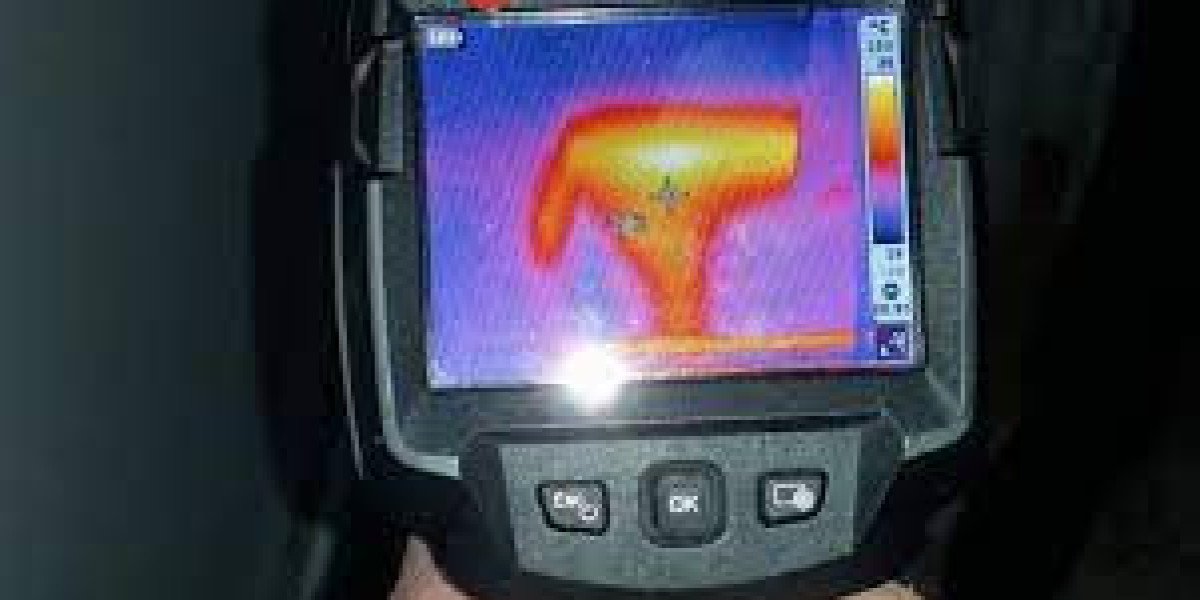You’ve spent hours sketching the perfect design on paper, snapped a photo of it with your phone, and now you’re ready to stitch it onto your favorite denim jacket using your Husqvarna Viking embroidery machine. But there’s one hiccup: your machine doesn’t speak JPG. It craves HUS files—the specialized embroidery format that tells it exactly where to move the needle, how dense to make the stitches, and when to switch thread colors. Convert a JPG to HUS embroidery file might seem like deciphering ancient hieroglyphics at first glance, but with the right tools and a dash of patience, you’ll unlock a world of creative possibilities. Let’s break down the process step by step, so you can turn your digital art into stitch-ready magic without tearing your hair out.
Why HUS Files Matter for Husqvarna Owners
HUS files are the secret handshake between your creativity and your Husqvarna machine. Think of them as a detailed recipe: they specify stitch types (like satin, fill, or running stitches), thread colors, stitch density, and even the order of operations. Without this recipe, your machine is just a fancy paperweight. While Husqvarna machines can sometimes read other formats like PES or DST, using a native HUS file ensures compatibility and reduces the risk of glitches like misaligned stitches or thread breaks.
But here’s the catch: You can’t just hit “Save As HUS” in Photoshop. Converting a JPG to HUS requires embroidery digitizing software to translate pixels into stitches. The good news? You don’t need a degree in computer science to pull this off.
Step 1: Prep Your JPG File for Success
Not all JPGs are created equal. Embroidery thrives on simplicity, so start with an image that has:
- High contrast: Sharp lines and clear edges digitize better than blurry or faded areas.
- Limited colors: Stick to 6–8 colors max. Too many thread changes can turn your project into a tangled mess.
- Minimal detail: Tiny text or intricate patterns might get lost in translation. Simplify complex elements.
If your image isn’t embroidery-ready, clean it up first. Use free tools like GIMP or Canva to boost contrast, remove backgrounds, or trace over messy lines. For the best results, convert your JPG to a vector file (SVG) using Adobe Illustrator or Inkscape. Vector graphics scale flawlessly and give digitizing software crisp paths to follow.
Step 2: Choose Your Digitizing Software
This is where the real magic happens. You’ll need software that can convert your JPG into stitches and export a HUS file. Here’s a rundown of your best options:
1. Husqvarna Embroidery Software (EmbrideryWorks)
Tailor-made for Husqvarna machines, EmbrideryWorks is the gold standard for HUS file creation. Its auto-digitizing feature can transform simple JPGs into stitch patterns with a few clicks, while advanced tools let you tweak stitch angles, densities, and underlay. The catch? It’s pricey, with licenses starting around $800. But for serious embroiderers, the investment pays off in precision and peace of mind.
2. Hatch Embroidery by Wilcom
Hatch is a crowd favorite for its balance of power and user-friendliness. While it doesn’t export HUS files directly, you can save your design as a DST or PES file and convert it to HUS using free online tools like My Editor or EmbroideryWare. Hatch’s auto-digitizing handles basic designs well, and its stitch simulator lets you preview how the design will look on fabric. Subscriptions start at $99/month.
3. Ink/Stitch (Free)
This open-source plugin for Inkscape is perfect for budget-conscious crafters. While it lacks auto-digitizing, Ink/Stitch lets you manually trace your JPG and assign stitch types. Export the design as a DST file, then use a converter to get it into HUS format. It’s a labor of love, but the price (free!) makes it worth the effort.
4. SewWhat-Pro
A budget-friendly option at $75, SewWhat-Pro specializes in converting images to embroidery files. It supports HUS format and offers basic editing tools like resizing and rotating. While it won’t handle complex designs as smoothly as EmbrideryWorks, it’s a solid pick for simple logos or monograms.
5. Online Converters
Websites like Online Embroidery Converter or Stitchize let you upload a JPG and download a HUS file within minutes. These are great for one-off projects, but quality varies wildly. Stick to simple designs and always test the file on scrap fabric before stitching the final piece.
Step 3: Convert Your JPG to HUS
Once you’ve picked your software, here’s how to navigate the conversion process:
A. Import the JPG
Open your digitizing software and import the prepped JPG. Most programs let you drag and drop the file or use an “Import Image” button.
B. Auto-Digitize (If Available)
Hit the auto-digitize button in tools like EmbrideryWorks or Hatch. The software will analyze the image and generate a stitch pattern. Don’t panic if it looks janky—auto-digitizing is a starting point, not a finished product.
C. Manual Adjustments
- Stitch Types: Assign satin stitches to outlines, fill stitches to large areas, and running stitches to fine details.
- Density: Increase density for thick fabrics like denim; decrease it for stretchy knits to prevent puckering.
- Underlay: Add a layer of underlay stitches to stabilize the fabric. Zigzag underlay works well for stretchy materials.
- Pull Compensation: Adjust this to counter fabric distortion caused by the needle’s pull.
D. Preview and Edit
Use the software’s simulation mode to watch a virtual stitch-out. Look for gaps, overlapping stitches, or awkward thread jumps. Tweak problem areas using the editing tools.
E. Export as HUS
Save your design as a HUS file. If your software doesn’t support HUS (like Hatch or Ink/Stitch), export as DST or PES and use a free online converter to switch it to HUS.
Step 4: Test, Test, Test
Never skip this step! Hoop a scrap of your project fabric and stitch the design. Watch for:
- Thread breaks: Could mean too many stitches in one area. Reduce density or add a pause for thread trimming.
- Puckering: Use stabilizer or decrease stitch density.
- Misaligned colors: Reorder the thread sequence in your software.
Most digitizing programs let you edit the HUS file even after conversion. Make adjustments and retest until the design stitches flawlessly.
Common Mistakes (and How to Fix Them)
- Ignoring Fabric Type: A design digitized for canvas will pucker on silk. Adjust stitch density and stabilizer based on your material.
- Overcomplicating the Design: Embroidery isn’t a printer. Simplify gradients, blend colors with thread mixing, and avoid tiny text.
- Skipping the Underlay: No underlay = wobbly stitches. Always add a foundation layer, especially for stretchy fabrics.
- Assuming Color Accuracy: Thread colors look different on screen. Use a physical thread chart (like Madeira’s) to match shades.
Free Workarounds for Tight Budgets
If paid software isn’t an option, try these hacks:
- Ink/Stitch + Online Converters: Manually digitize in Ink/Stitch, save as DST, then convert to HUS via My Editor.
- Community Help: Join Facebook groups like Husqvarna Embroidery Lovers and ask for help digitizing. Many members offer affordable services.
- Trial Versions: Most premium software (like EmbrideryWorks) offers free trials. Use them for urgent projects.
Why Mastering Manual Digitizing Pays Off
Auto-digitizing is convenient, but manual skills let you troubleshoot and innovate. Learn to:
- Redraw Problem Areas: Fix gaps or overlaps by redrawing stitch paths.
- Layer Stitches: Combine fill and satin stitches for 3D texture.
- Sequence Smartly: Plan thread changes to minimize trims and jumps.
Platforms like YouTube and Embroidery Legacy offer free tutorials to sharpen your skills.
Final Tips for Hassle-Free Conversions
- Start Simple: Practice with basic shapes (hearts, stars) before tackling portraits.
- Keep a Settings Journal: Note stitch densities, stabilizers, and thread brands that work best for different fabrics.
- Invest in Quality Thread: Cheap thread frays and fades. Polyester or rayon threads last longer and shine brighter.
Converting JPGs to HUS files might feel daunting at first, but it’s a skill that gets easier with every project. Whether you’re personalizing baby onesies for a craft fair or launching a branded merch line, the ability to turn digital art into embroidered reality sets you apart in a world of generic iron-ons and screen prints. So fire up that software, embrace the learning curve, and remember: Every stitch you perfect today is a step toward becoming the embroidery wizard you were meant to be. Now go make something amazing—your Husqvarna machine is waiting!







